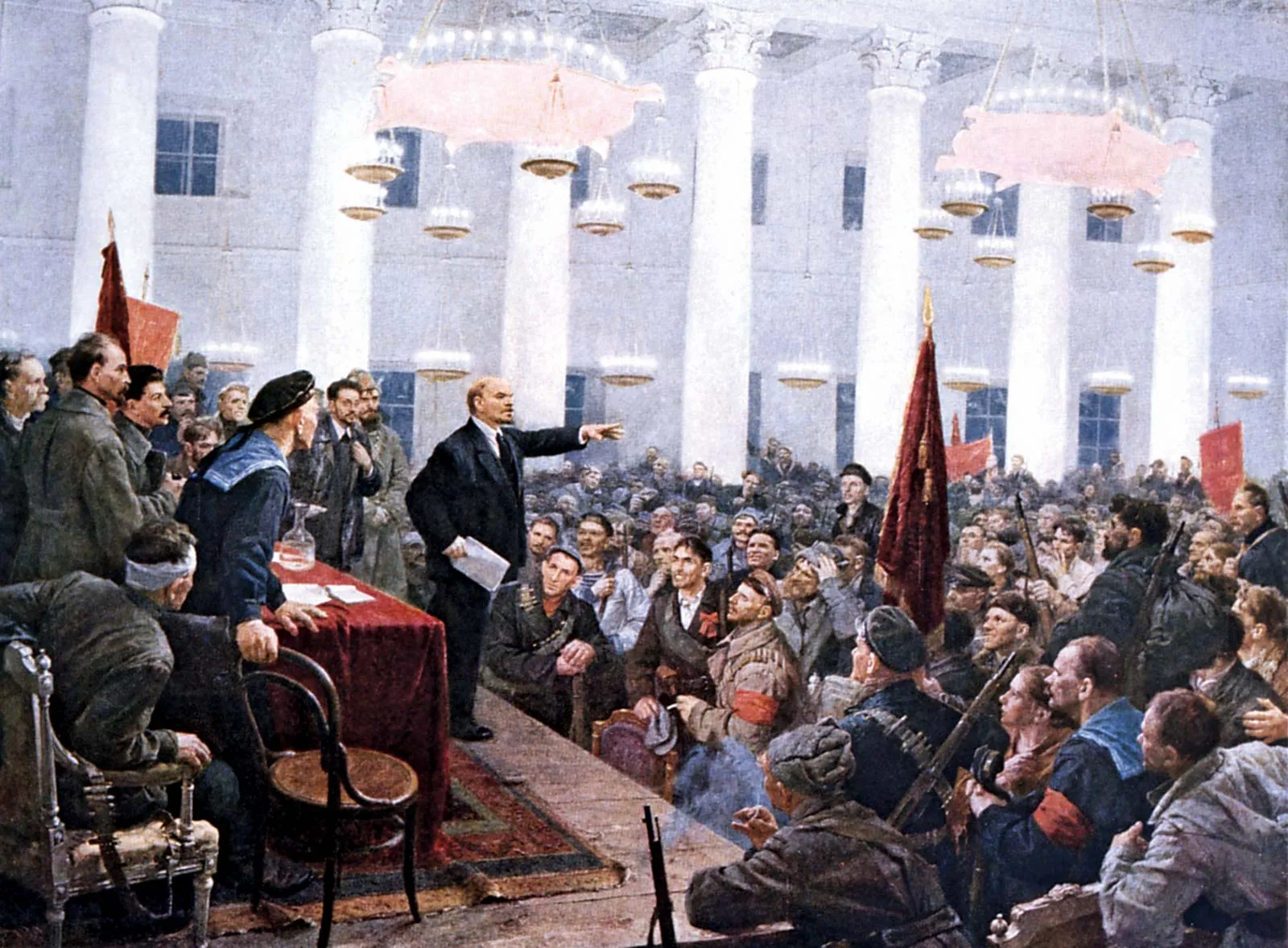
Opposition to the Bolsheviks
Modern History (Year 12) - Bolsheviks in Power
Ben Whitten
Disorder After the Bolshevik Revolution
After the October Revolution, Russia was plagued by chaos and disorder. People took to the streets, looting the homes of wealthy nobles and buildings of the Provisional Government. Violence, particularly against members of the bourgeoisie, was prevalent. Civilians ransacked the wine cellars of the Winter Palace, leading to instances of excessive drinking. The new social order appeared to be defined by looting, drunkenness, and violence. Russian writer Maxim Gorky described it as a "blizzard of greed, hatred, and vengeance" and a "wild beast, enraged by long captivity and worn out by centuries of torment."
This presented a complex situation for the Bolsheviks. On one hand, they believed in the downfall of the bourgeoisie and did not discourage the looting and attacks on the rich. On the other hand, Lenin understood that in order for his regime to survive, it had to be supported by a strong and coercive state apparatus that could manage disorder and opposition.
Establishing Complete Political Control
To establish a strong and coercive state apparatus, the Bolsheviks implemented various measures through the SOVNARKOM. They used their ability to rule by decree, allowing them to pass laws without consulting other political bodies. This was used to limit the influence of those opposed to the revolutionary cause.
The SOVNARKOM:
Censored all opposition press
Eliminated political rivals
Created a new system of revolutionary justice
One significant event that illustrates their determination to maintain power was the dissolution of the Constituent Assembly. The Russian people were promised elections for a Constituent Assembly in February, but when it took place in November 1917, the Bolsheviks only won 24% of the vote. Fearing this would destabilize their regime, the Bolsheviks shut down the assembly after one day, and arrested several non-Bolsheviks. This action was a clear indication that Lenin and the Bolsheviks were more interested in realizing their revolutionary dream than in upholding democratic principles and the will of the people.
The Cheka
The Bolsheviks recognized that they needed more than just decrees to control opposition, so they established the Cheka, a secret police force in December 1917. The Cheka was initially used to control social disorder in the streets, but it soon became a tool for terror and intimidation, tasked with eliminating any and all perceived opponents to the Bolshevik regime. Led by Felix Dzerzhinsky, the Cheka targeted various groups including members of the bourgeoisie, former members of the Provisional Government, rival political parties, and individuals connected to the Tsar. The organization's activities became particularly brutal after an assassination attempt on Lenin in August 1918, and reached its peak during the Russian Civil War, marking a period known as the Red Terror.